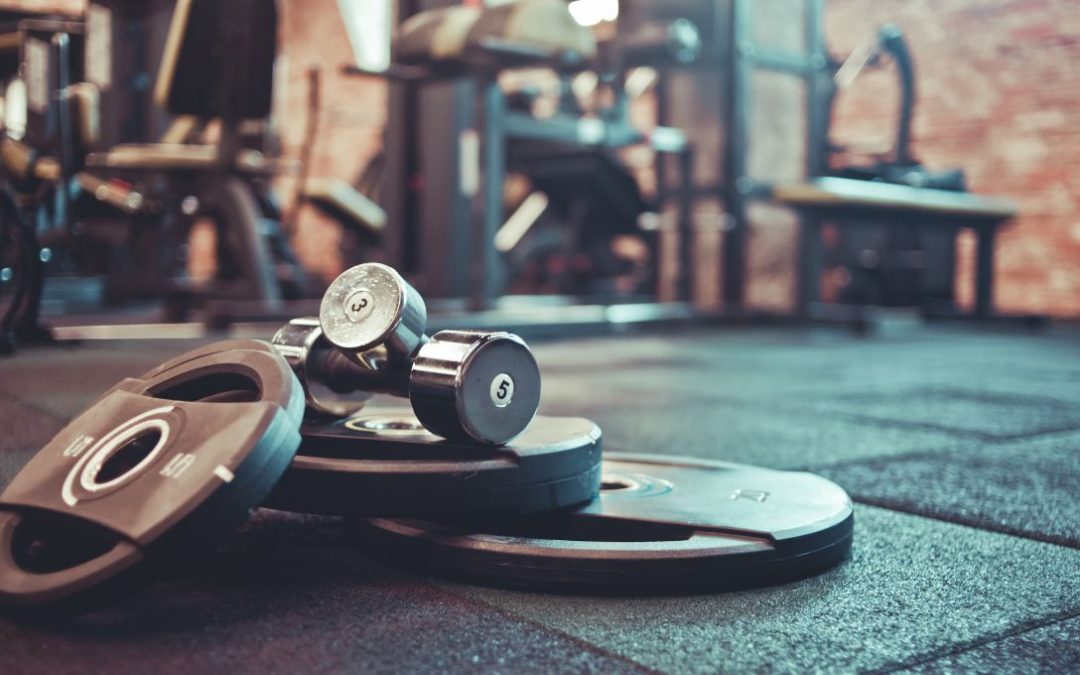If we’ve been hanging out for a while, you’ll have heard me mention that lifting heavy things is good for you.
How heavy is heavy?
In the strength world, there’s something called your one-rep max (1RM). This is the absolutely heaviest weight you use to perform a lift – you could lift it once, and you could absolutely not lift it again.
You’ll have a one-rep max for all your movements – a deadlift one rep max (usually your biggest number because deadlifts use the most muscle), an overhead press one-rep max, a bench press one-rep max, and so on.
You needn’t actually try lifting all the weights to find out what your 1RM is – for most of us it’s ‘notional’, calculated with a formula. For instance, I can do five deadlifts at 85kg, so 85kg is my 5RM (5 rep max), and with the help of a handy online calculator (there’s probably a slide rule or scientific table out there too), I guestimate that my notional 1RM is 95.6kg.
(The same tool helpfully tells me that I could expect to do 30 reps at 47.8kg).
The received wisdom is that if you want to get stronger, train yourself to perform 1-2 reps away from failure. It’s proximity to failure that matters for getting stronger.
And when I say “failure”, it doesn’t look like falling down broken and injured, it looks like bad form, taking a looong time to finish the rep, looking like you’re having some kind of spasm. It should feel really rather disgusting.
(In my experience, most of us are way stronger than we think we are and creating the right conditions for getting to failure is important. Walking away thinking ‘yeah, that got too hard for me’ is usually different from struggling out that really gnarly rep, looking at the weight and saying ‘nope, pal, not today.’)
So does it matter whether it takes 20 reps to get 1-2 reps away from failure, or if it takes 3 reps to get 1-2 reps away from failure?
Here are two very good reasons why LOW REPS with a HEAVY WEIGHT is better than a high reps with a low weight.
A few heavy reps are less exhausting than many light reps.
Doing many repetitions (sets of 12-15 or more) is great for building your confidence and getting you good at doing a movement, so it’s good for beginners. But for building strength when your energy tokens are low? Big-ass weights win the day.
2007 research investigating how muscles respond to 20% max effort and 80% max effort showed that a “low force task” (lighter weights) caused GREATER central fatigue than high force contraction, for both men and women (and also showed that women take longer to reach failure at low-force tasks. National Library of Medicine – Fatigue
A few heavy reps are better for your bones
In even better news, training with heavy weights is great for bone health. Researchers tested 8 reps at 80% of 1RM was better for bone density as measured by a DEXA scan, than 16 reps at 40% of 1RM. Specifically they found that this was the case in post-menopausal women. National Library of Medicine – High vs Low
Have I convinced you? Lifting heavy builds muscle which is incredibly important when it comes to avoiding death (Eat More Protein blog). In addition, lifting heavy is less fatiguing than lifting light in order to build muscle: and it’s better for your bone health too.
My Come On Strong programme can help you build muscle if you’re keen to work out in the gym but you don’t know where to start. We meet every six weeks and build you an effective and doable programme; you keep track of your progress on a shared spreadsheet and I check in weekly to see how you’re getting on. Interested? Get in touch to see if we can find a time that suits us both.


